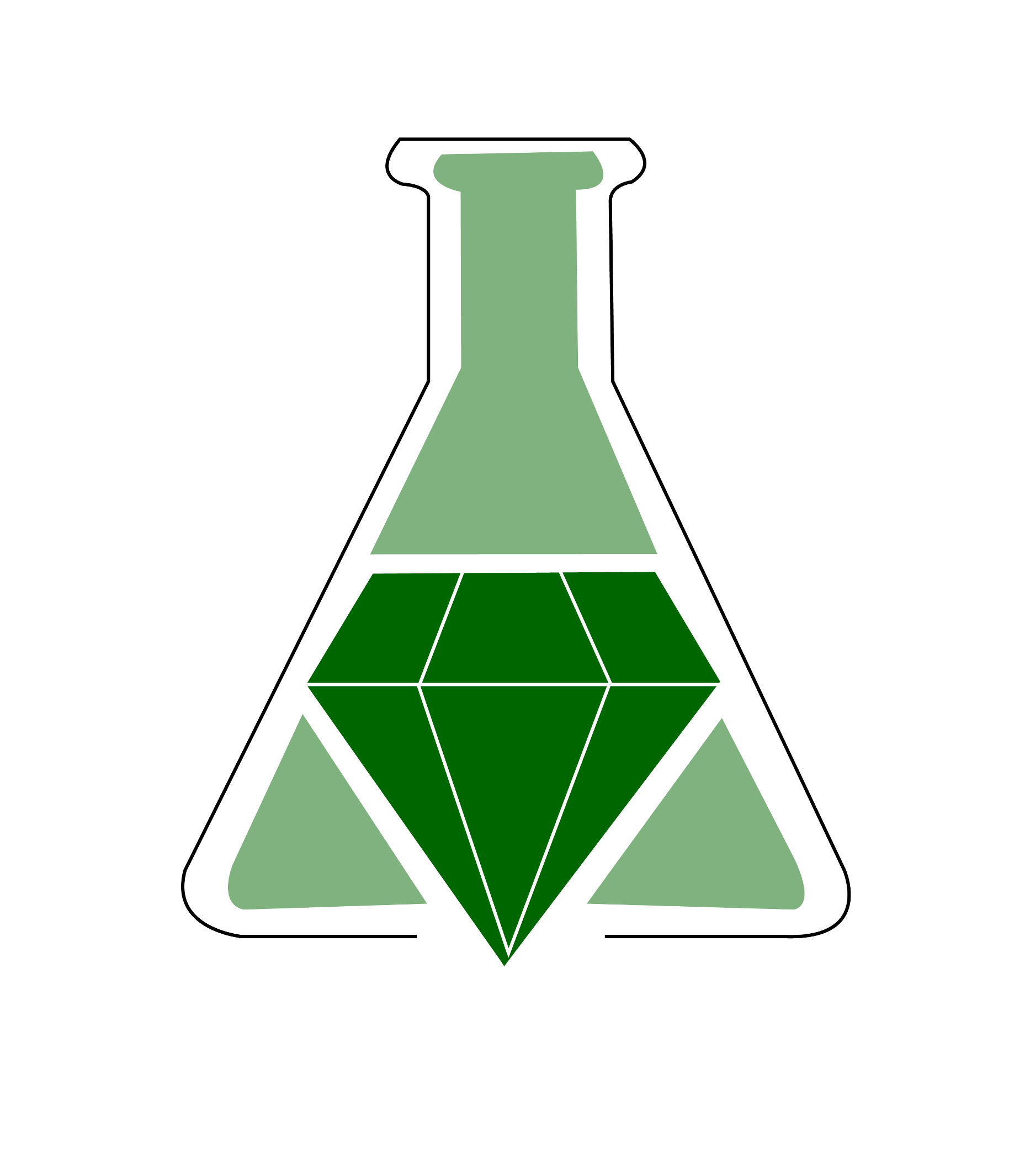An Asymptotic Approach to the Development of a Green Organic Chemistry Laboratory

Summary
This article provides a rationale and stepwise process for evaluating and improving the "greenness" of an undergraduate organic chemistry laboratory curriculum. After emphasizing the educational value of sharing this process with students, effective risk assessment is discussed as an important tool for both evaluating and redesigning laboratory exercises. The greening process is illustrated by describing modifications of three undergraduate laboratory exercises (palladium-catalyzed coupling reactions, stereoselective reduction reactions, and alkene epoxidations) through the use of safer solvents and reagents. By asking each student to describe and evaluate the greenness of a given laboratory exercise and to provide recommendations for how the procedure could be made greener, we are helping our students appreciate the important role of environmentally responsible laboratory practices and thought processes in our society.
Summary prepared for the original GEMs database May 2005 by Julie A. Haack, Department of Chemistry at the University of Oregon.
An Asymptotic Approach to the Development of a Green Organic Chemistry Laboratory
Thomas E. Goodwin
Journal of Chemical Education 2004 81 (8), 1187
DOI: 10.1021/ed081p1187
Summary prepared for the original GEMs database May 2005 by Julie A. Haack, Department of Chemistry at the University of Oregon.
An Asymptotic Approach to the Development of a Green Organic Chemistry Laboratory
Thomas E. Goodwin
Journal of Chemical Education 2004 81 (8), 1187
DOI: 10.1021/ed081p1187
Safety Precautions, Hazards, and Risk Assessment
See published journal article.
Link to external
